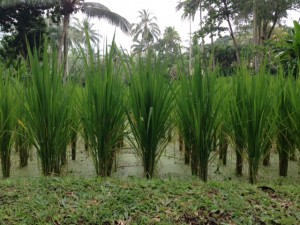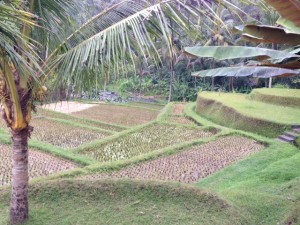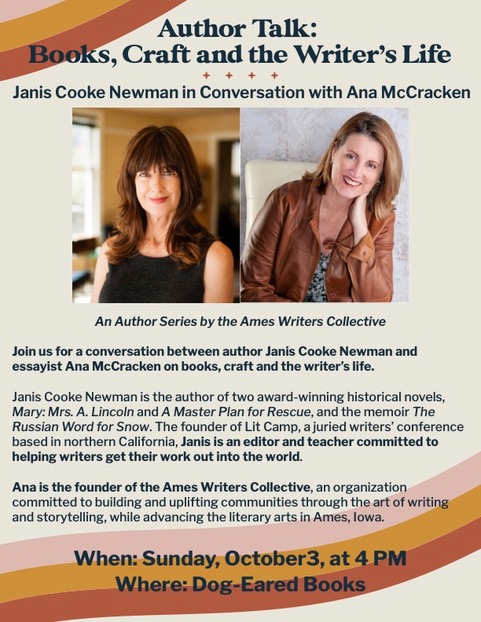Did you know that Ed grew up on a farm outside of Fairfield, Iowa?
One of my favorite stories about Ed’s upbringing is how his dad gave Ed and each of his three siblings a cow. The family had land, but not always cash and Senior McCracken wanted his kids to go to college. The McCracken kids could have any feed grown on the farm for free to feed their livestock. But if they needed something additional like feed supplements or veterinary visits, the kids would have to pay for it. The caveat, Senior McCracken would co-sign loans, which, of course the kids had to pay back.
Ed’s dad reasoned that by accumulating livestock, his children could eventually pay for college. The McCracken’s of Ed’s family, both men and women, were college educated.
By the time Ed headed off to Iowa State University (ISU), he’d won some 30 blue, red and white ribbons at the Jefferson County and Iowa State fair, with several purple championship ribbons for judging and showman ship. And Ed went to ISU owning some 20 cows, 40 sheep, and perhaps ten hogs, which his dad sold off as necessary to pay for Ed’s four-years of education.
I love Ed’s story about money management and life-lessons. And I’ve noticed the inner farmer Ed carries with him. Ed loves plants and flowers, being outdoors, and tooling around on the ranch in Angel Fire with his shovel digging up thistles. He’s even the proud owner of a backhoe.
When we arrived in Bali, it made sense to me that Ed would like to participate in our hotel’s Resort Experience, A Day in the Life of a Balinese Farmer. The idea didn’t appeal to me much as I’m a city girl, but since Ed wanted to go,and meals were involved, I accompanied him. Might make a good story.
During the half-day experience Ed and I learned about the traditional rural lifestyle of the Balinese and rice farming.
The farmer assigned to our tour explained how the Balinese plant four rice crops per year, except for red rice, which is planted twice. Seeds are scattered in paddys.
When seedlings are two weeks old, approximately seven inches tall, farmers pull them up, bunch them, and replant them in rows. It takes white rice an estimated three months to mature, and a lot of water at the beginning—less towards the end of the growing season. At harvest time, stalks are cut in bunches, and in the village of Sayan threshed against a wooden board—back breaking work for men and women. Balinese farmers rotate fields—sometimes for a season, others for a year. It takes ~10 kilos of rice seeds to generate ~800 kilos of rice. Ed commented to me later that, “Even I can plant rice. No wonder it’s the world’s primary grain.”
What Ed found surprising about our experience, was that the Sayan farmers harvest by hand. Why didn’t the village own a machine together, he wondered? Machines are expensive we were told. (The next day on a tour of the island, we learned that rice harvesting machinery is used on most other paddys. Was threshing stalks for show?)
And planting in rice paddy mud is sticky, especially wearing rain boots. The Sayan rice farmer’s plant crops with bare feet.
Ed thought it was fun being an amateur rice farmer for the morning, and loved the beautiful terraces. “I enjoyed the experience of walking around in the mud, and getting all slimy. (Thank God he didn’t get his T-shirt I brought him in Stuttgart dirty.)
The farmers were nice and fun, and proud of their work. I’ll have to Google rice farming to make better sense of it,” Ed said.













Ana, Ed and you sound alot like Green Acres “Darling I love you but give me Park Avenue”. If Ed wants to go and muck around in the mud I’d be happy to join him.
Sue
Hi Sue! That’s hysterical. LOL!
most fantastic experience possible.